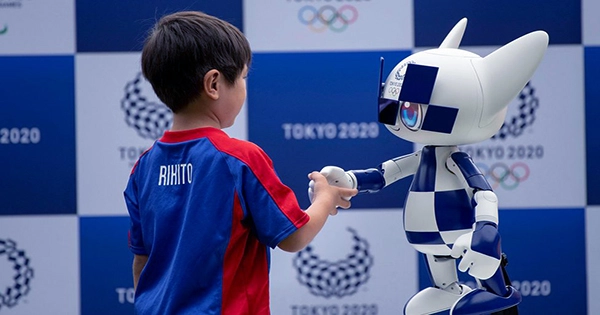An awful disembodied robot mouth sang infinite streams of prayers, created by Artificial Intelligence, during a 2020 art exhibition (AI). According to the team behind the singalong, the installation is “an experimental set-up to explore the possibilities of an approximation to celestial and numinous entities by performing a potentially never-ending chain of religious routines and devotional attempts for communication through a self-learning software.”
As you watch the disembodied robo-mouth and nose belt out rather realistic renditions of religious singing, which are created purely by AI, the impact is spooky and honestly quite humorous. The robot mouth has progressed significantly since its inception in 2011, however the curiously unsettling appearance of mouth flaps under a nose has remained mostly same. Its former voice was something quite different.
The creators of the current musical effort want people to ponder about artificial intelligence and faith. “Various kinds of meditation and praying are undertaken in all types of religious belief to connect and communicate with the divine,” the team writes. “What happens when self-learning software performs practically all canonic and private prayers known to mankind?”
At this year’s Robotech 2011, there were a lot of crazy exhibits on display, and one of the most impressive stands was that of Professor Hideyuki Sawada from Kagawa University in Japan, who displayed an odd-looking artificial mouth designed to look and function as close to the real thing as possible. Sawada’s mouth robot was built with an air pump for lungs, eight artificial vocal cords, a silicon tongue, and even a nasal resonance chamber that opens and shuts, all in the spirit of nature. In the video below, the author discusses the device in further detail.
There’s also a video demonstration where the artificial mouth tries to sing “Kagome Kagome,” a Japanese children’s song. Please wait 30 seconds or fast forward 30 seconds. I realize it wasn’t much, but given the state of the technology, the whole affair was borderline terrifying. This technology, like other comparable artificial mouths, employs a microphone to listen to itself talk and evaluate what it hears to determine if it sounds natural or not. Of course, more research and development is required, but future developments might be extremely useful in bionics or human-friendly robots.















